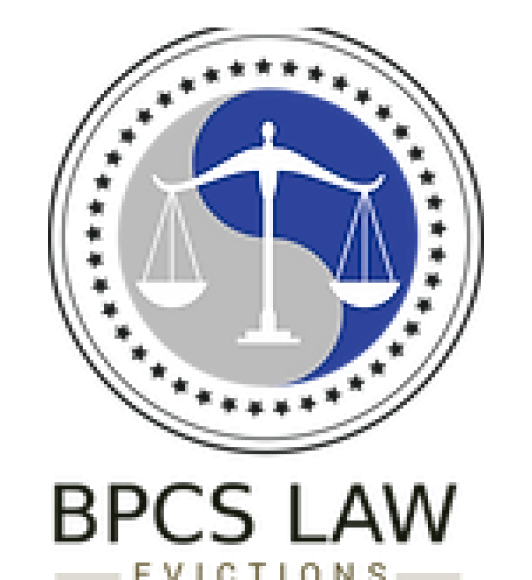Evictions can be complex and stressful, but landlords who follow a structured approach can ensure the process is smooth and legally compliant. A single mistake can lead to delays, financial losses, or even legal action from tenants. That’s why having a detailed eviction process checklist is essential for landlords looking to protect their rights and investment properties.
This guide provides a step-by-step eviction checklist, ensuring that landlords avoid common mistakes and handle the process legally.
Step 1: Establish Legal Grounds for Eviction
Before initiating eviction proceedings, landlords must ensure they have valid legal reasons to remove a tenant. Common legal grounds for eviction include:
- Nonpayment of Rent
- Lease Violations
- End of Lease Term
- Property Damage
- Health & Safety Violations
Hire expert eviction paralegals to smoothly navigate your eviction case in NY.
Step 2: Review the Lease Agreement
A lease agreement outlines the rights and responsibilities of both landlords and tenants. Failing to adhere to lease agreements or state eviction laws could lead to legal challenges and delays.

Step 3: Serve a Proper Eviction Notice
Landlords must provide tenants with a formal eviction notice before taking legal action. The type of notice depends on the reason for eviction:
- Pay or Quit Notice
- Cure or Quit Notice
- Unconditional Quit Notice
Properly serving an eviction notice ensures landlords comply with legal requirements, avoiding unnecessary court delays. Working with an eviction services provider in New York can help ensure all notices are drafted and served correctly.
Step 4: File an Eviction Lawsuit
If the tenant fails to comply with the eviction notice, the next step is to file an eviction lawsuit (unlawful detainer case). This step can be legally complex, and landlords may benefit from paralegal services in Henderson or eviction attorneys in NYC to ensure everything is handled correctly.
Step 5: Prepare for the Eviction Hearing
If the tenant contests the eviction, a court hearing will be scheduled. Landlords should prepare by gathering:
- A copy of the lease agreement
- Proof of rent payment history
- Copies of notices served to the tenant
- Evidence of lease violations or property damage
Courts often favor tenants if landlords fail to provide proper documentation or do not follow the correct legal process. Seeking eviction help in New York can ensure landlords are well-prepared for the hearing.
Step 6: Obtain a Court Order for Eviction
If the judge rules in favor of the landlord, a writ of possession will be issued, legally allowing the landlord to regain possession of the property. The tenant will be given a set timeframe to vacate voluntarily.
If the tenant refuses to leave, landlords may need law enforcement assistance to carry out the eviction. This step is crucial, as landlords cannot force tenants out on their own without legal backing.
How BPCS Law Evictions Can Help
At BPCS Law Evictions, we understand the challenges landlords face when dealing with evictions. Our team specializes in eviction paralegal services in LA and provides expert assistance with eviction help in Henderson.
Contact BPCS Law Evictions today for professional assistance with your eviction case. Let us handle the legal complexities so you can focus on managing your properties successfully.







